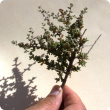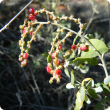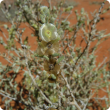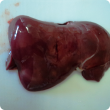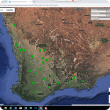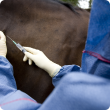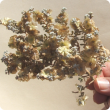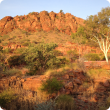Filter by regions:
- (-) Remove Gascoyne filter Gascoyne
- (-) Remove Goldfields-Esperance filter Goldfields-Esperance
- Mid West (514) Apply Mid West filter
- Pilbara (503) Apply Pilbara filter
- Great Southern (496) Apply Great Southern filter
- Wheatbelt (494) Apply Wheatbelt filter
- South West (490) Apply South West filter
- Kimberley (484) Apply Kimberley filter
- Peel (470) Apply Peel filter
- Perth regions (370) Apply Perth regions filter



